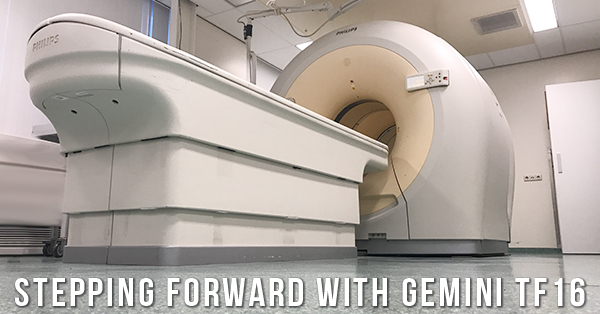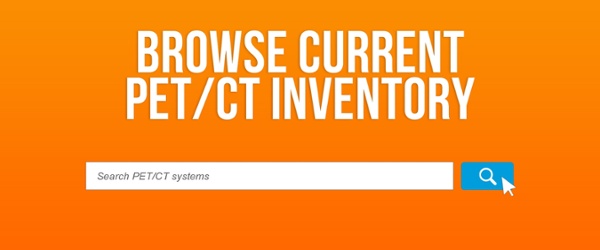
We recently received a call from a PET/CT buyer, concerned that we had proposed a 2007 Philips Gemini TF 16 as a replacement for his 2002 Siemens Biograph Duo. Someone in his personal network had warned him that Philips scanners were inferior and he wasn't keen on taking on more risk in his practice.
Knowing what we know about the PET/CT market, his concern is understandable, and so is the claim from whomever warned him. However, some things have changed and they're worth noting. Here’s what we shared with him to help with the decision.
Past Philips PET/CT Models
Early on in the development of their PET/CT line, Philips seemed to struggle for a generation or two of equipment. The early systems had some proponents, but the overall market did not approve of their GSO detectors and their comparatively slow computers.
That said, our caller's hesitation makes sense. What we submitted for his approval (and now yours), however, is that the Gemini TF represents a manufacturer hitting their stride after a rough start. Basically, in the intervening years, Philips became much better at designing and building technologically advanced PET/CT scanners. There are several reasons for this that we'll discuss here.
How the Gemini TF Improved Philips PET/CT
Obviously, comparing a 16-slice PET/CT to a 2-slice isn't really apples-to-apples. Our caller was sure that 16-slice was the way to go, but not that he wanted to get there through Philips. The following are some of the ways Philips stepped up their product to compete with GE and Siemens.
First, the Gemini TF has LYSO-based crystal detectors. These detectors are more reliable than the GSO-based detectors found on earlier Philips models and provide better image quality. In fact, the "Big Three" (GE, Philips, and Siemens) all now use LYSO detectors.
Second, the Gemini TF has Time of Flight technology that is much more accurate than the CTI Reveal technology found on the Siemens PET/CT systems that were being sold when the Gemini first hit the market. GE and Siemens didn’t bring Time of Flight technology to market until 2010, and it was an expensive option. Today, it is rare to find Time of Flight on any 16-slice system other than the Philips.
Third, the MRC 600 tube in the Gemini lasts at least 3 times longer than the Dura 352 tube in the Biograph Duo. This advantage in tube life makes maintenance costs on the Gemini more affordable than many of its contemporaries. It's not uncommon to find MRC 600 tubes more than 10 years old with over a million scan seconds on them, and counting.
The Takeaway
There was a time when there were compelling reasons to think a little more carefully before pulling the trigger on Philips PET/CT scanners. If you're looking to step up your PET/CT capabilities with a 16-slice scanner now, however, keep in mind that those times are over. Philips improved on their product with the Gemini TF 16, making it a strong contender among models from all PET/CT manufacturers.
If you'd like to know more about the Gemini or other PET/CT models, our team is ready to help. Use the button below to see our current inventory, ask questions, or request pricing.

Josh Nunez
Josh Nunez is the Director of Product Management at Block Imaging. Josh is energized by developing an understanding of each customer's unique imaging needs and overcoming the challenge of helping find them the perfect equipment match. When he is not providing PET/CT solutions he enjoys traveling, soccer, and spending time with his wife and five kids.





